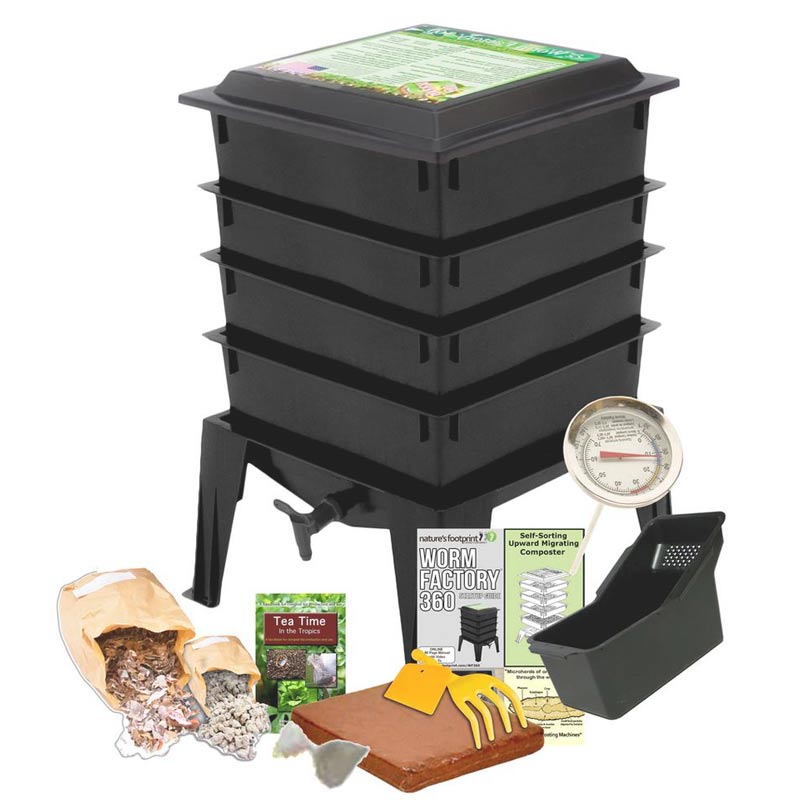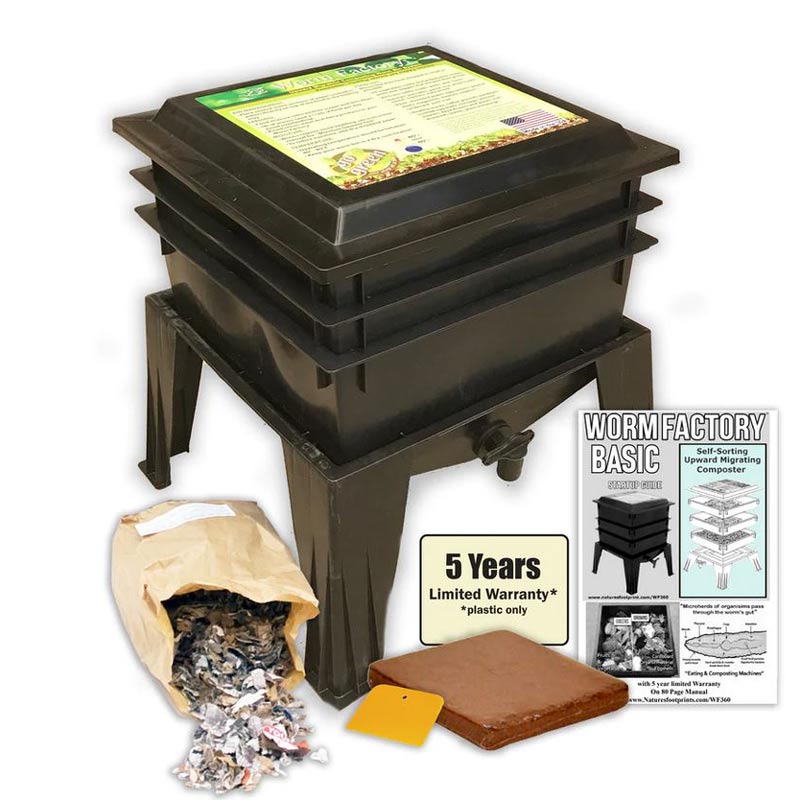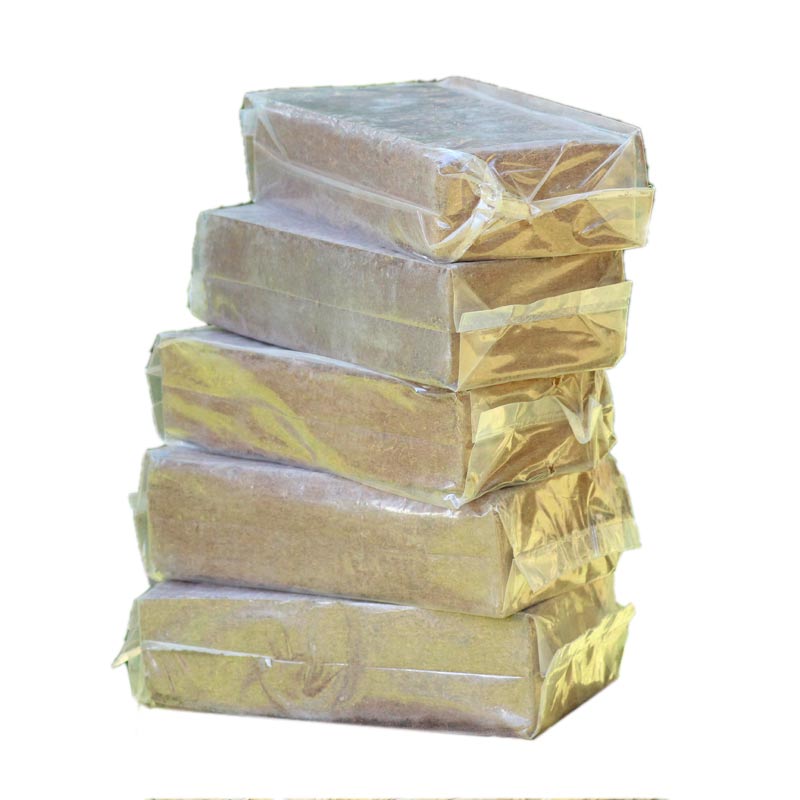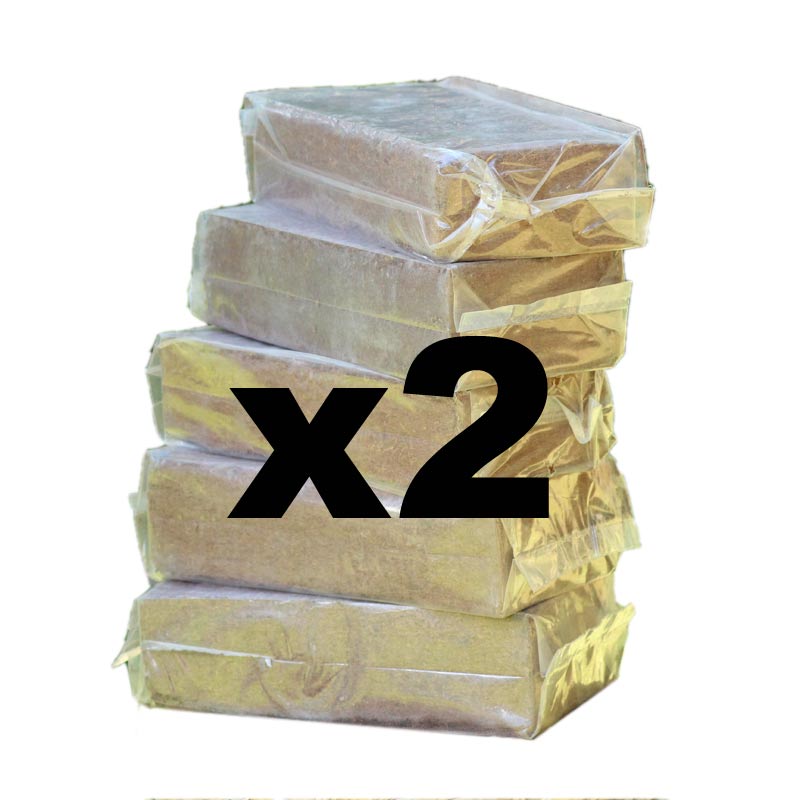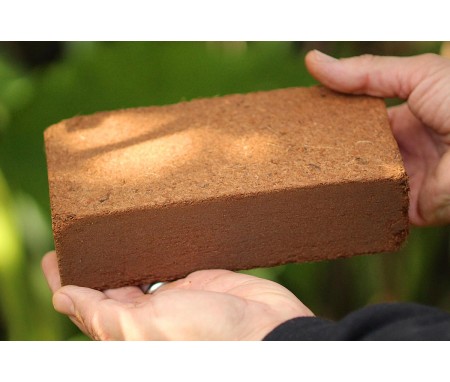What Is Worm Bedding?
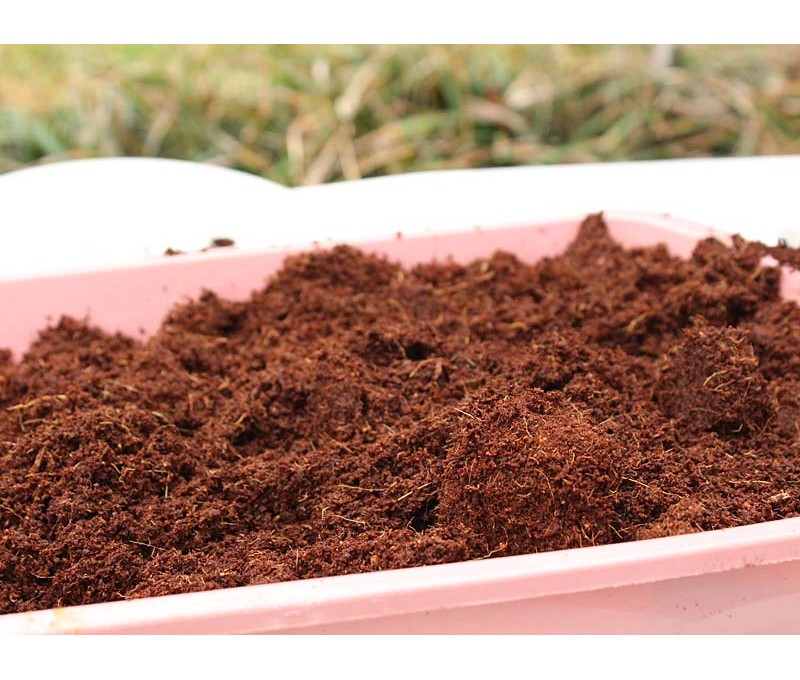
<<< Previous: Where Should I Place My Worm Habitat?
Worm bedding is material that you add to a habitat that provides your worms a place to live, eat, and breed. Habitat bedding should consist of a substance that is lighter and less dense than the heavy soil or clay in which worm can normally be found. When raising worms outside of their natural environment you should replace their native earth with something that they will comfortably live in as well as material that is light and easy for you to maintain. The bedding should consist of a substance that will not tightly compact and will be easy for them to crawl through. Bedding should be non-toxic and have good water retention properties.
There are several types of bedding that are recommended to use in your worm habitat. Sphagnum peat moss, coconut coir, shredded paper/cardboard, and manure are the most popular. Next, we will explore the benefits and drawbacks of these types of bedding.
Coconut Coir
Pros- Excellent water retention
- Lightweight, easy for the worm to burrow through
- Sustainable resource
- May be hard to find locally in bulk
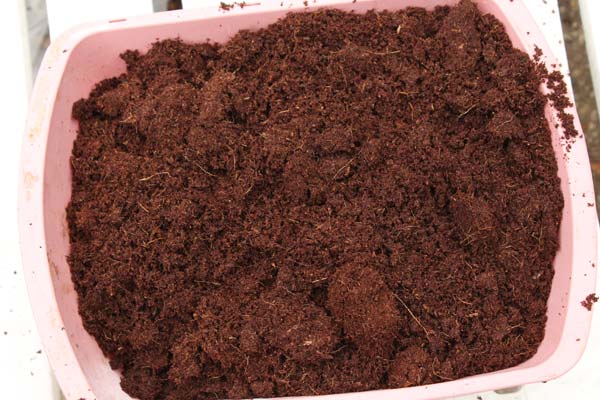 Coconut coir, also known as coir, is a natural by-product of harvesting coconuts. Coir fibers that are found between the hard, internal shell and the outer coat of a coconut are removed for processing. To do this, the coconut must first be soaked in water to soften and loosen the coir fiber. The coir is then removed from the water bath and dried for over a year.
Coconut coir, also known as coir, is a natural by-product of harvesting coconuts. Coir fibers that are found between the hard, internal shell and the outer coat of a coconut are removed for processing. To do this, the coconut must first be soaked in water to soften and loosen the coir fiber. The coir is then removed from the water bath and dried for over a year.
Primarily used in the plant and food growing industry, coconut coir has outstanding water retention capacity and excellent air space and drainage properties making it a fantastic medium for worm bedding. Like sphagnum peat moss, it has no nutritive value. However, unlike sphagnum peat moss, coconut coir has a neutral pH value of 7.0. There is no need to add calcium carbonate to the bedding to counteract acidity. Another benefit of coir over peat moss is that the coconut coir is considered a more sustainable resource as coconut trees continuously produce coconut fruit.
Coconut coir can be found at most garden and home improvement retailers and many bulk deals can be found via shopping online. Packaged coconut coir is tightly compressed and devoid of moisture so you will need to soak it in water before adding it to your habitat.
The only obvious drawback with coconut coir is that it can be more expensive to purchase than other types of bedding. However, this is changing as more and more local and online retailers are now stocking this excellent source of bedding.
Shredded Paper Products
Pros- Good water retention
- Good air flow
- Doubles as a food source
- Readily available
- May be hard to find locally in bulk
- Can be difficult to harvest worms if paper has not composted
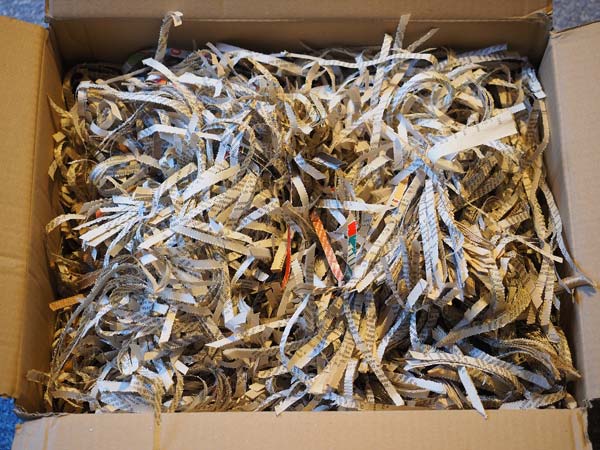 Paper has long been used as bedding in the worm composting environment. Newspaper and corrugated brown cardboard are the top choices of paper products to be used in an worm habitat.
Paper has long been used as bedding in the worm composting environment. Newspaper and corrugated brown cardboard are the top choices of paper products to be used in an worm habitat.
Although not as widely circulated as in year’s past, newspaper is still a fairly abundant source of bedding material and you should not have much trouble finding a source from which to obtain it. Newspaper is easy to shred by hand so the expense of purchasing a paper shredder is not necessary.
Corrugated brown cardboard is in abundant supply since the arrival of online retail shopping. Shredding the cardboard into thin strips is the best way to use it. However, shredding the cardboard by hand may be difficult for most people. Use a sharp pair of scissors or box cutter to help cut your cardboard. If you are willing to invest in one, there are mechanical shredders available to purchase that will make quick work of shredding corrugated cardboard.
The reason shredded newspaper and cardboard works well is that, not only does it hold moisture reasonably well, it also has plenty of channels to create airflow and space for worms to crawl in and through. This prevents your bedding from becoming anaerobic (without oxygen) which can cause harmful gases and heat to build from decomposing kitchen scraps and potentially hurt your worms.
Shredded newspaper and cardboard are both bedding and a source of food for the worm. The moist material will begin to grow microscopic wood fungus which begins to decompose the paper and attracts the hungry worm, giving it a tasty treat.
White computer printer paper or junk mail should not be used as a sole source of bedding. The manufacturing process of this type of paper makes it difficult for the microscopic organisms to quickly break down the paper enough for your worms to easily consume it. Clumping can be a problem if the paper is too moist or shredded too finely. If using cardboard, soak it in water for a few hours to make it easier to shred. Shredded paper can also be combined with peat moss, coconut coir, or manure to increase the volume of that particular bedding.
Sphagnum Peat Moss
Pros- Excellent water retention
- Lightweight, easy for the worm to burrow through
- Doubles as a food source
- Available from most garden and home improvement stores
- May be acidic, depending on where it is sourced
- Considered as unsustainable
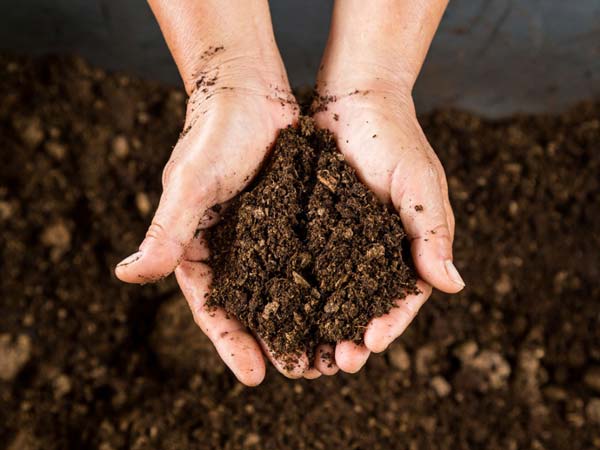 Sphagnum (pronounced SPAG num) peat moss, commonly known just as peat moss, is a moss species that mainly occurs and harvested from Northern Hemisphere peat bogs and tundra areas. Over hundreds of years, sphagnum moss will propagate and continue to grow upwards in a bog, submerging the old growth beneath. This old growth dies off and partially decomposes to form the material that is harvested and packaged as sphagnum peat moss.
Sphagnum (pronounced SPAG num) peat moss, commonly known just as peat moss, is a moss species that mainly occurs and harvested from Northern Hemisphere peat bogs and tundra areas. Over hundreds of years, sphagnum moss will propagate and continue to grow upwards in a bog, submerging the old growth beneath. This old growth dies off and partially decomposes to form the material that is harvested and packaged as sphagnum peat moss.
Peat moss is a popular choices of bedding for worm habitats due to several factors. It is prized for its water retention capacity as well as its light weight which allows the worms to easily tunnel through it. It is widely available at most garden and home improvement stores. And although it does not contain any nutritive value, it poses no health risks to your worms and is easily ingested due to its small particle sizes.
You can find sphagnum peat moss at most garden outlets and home improvement retailers. It is harvested, dried, packaged, and shipped to your local garden outlet packed in sizes up to 60 pound blocks, tightly compressed, and devoid of moisture.
Peat moss tends to be on the acidic side of the pH scale, but that can be counteracted by adding a few tablespoons of calcium carbonate to level off the acidity level. Soaking it in water for at least 24 hours will also remove some acidity as well.
You may occasionally acquire peat that is very acidic – so much so that your worms will begin to try and leave the habitat. A simple pH meter is a good tool to have on hand to test the pH value of the peat moss.
Manure
Pros- Rich in nutrients
- Good moisture retention
- Sustainable resource
- Available from most garden and home improvement stores
- May be difficult to find source in urban areas
- Medication fed to animal and passed through to manure may be harmful
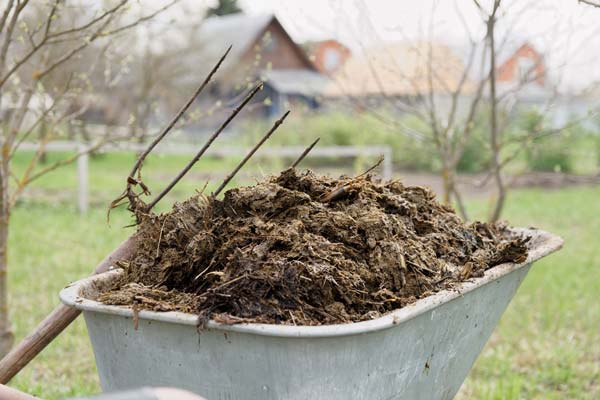 Manure has a long history in the worm business. In fact, the first type of worm that was cultivated and grown commercially is the red wiggler, also known as the manure worm. Manure was used as both bedding and a food source in early days of the worm farming industry. As the industry matured and new innovations appeared, shredded cardboard, then peat moss, and most recently coconut coir, have been all been utilized. Manure, however, remains a viable source to use as worm bedding.
Manure has a long history in the worm business. In fact, the first type of worm that was cultivated and grown commercially is the red wiggler, also known as the manure worm. Manure was used as both bedding and a food source in early days of the worm farming industry. As the industry matured and new innovations appeared, shredded cardboard, then peat moss, and most recently coconut coir, have been all been utilized. Manure, however, remains a viable source to use as worm bedding.
Cattle, horse, chicken, or rabbit – just about any animal manure you can find on a farm can be utilized. Use only aged manure that is at least 30-60 days old. This will ensure that it has composted and is no longer hot – fresh manure can reach temperatures of 150° F through thermophilic composting. Contact your local farms and ranches to inquire about obtaining free manure. Most of them will be happy to give it away! All you need is a way to haul it. You can use anything from a flat bed trailer to filling empty feed bags or heavy duty plastic garbage bags. I recommend storing it outside of your home as it may contain local composting insects.
A word-of-warning for you: it is a common practice for horses to be given de-worming medication orally which is then passed through their digestive track. Although the medication is mostly absorbed during digestion, there will be residual medicine found in their manure which can harm worms if not allowed to leach out. Verify whether or not the manure you are going to use has been collected from medicated animals to be on the safe side. Leaching the manure is recommended if you are unsure how much urine or medication it contains. Leaching is simply the process of removing urine, salts, and residue of de-worming medication by hosing it down and flushing it out with water.
Need-To-Knows About Bedding
I cannot stress enough how important it is to keep your worm habitat bedding as fresh as you can by adding fresh bedding as well as removing casting laden bedding on a regular cycle. Worms continually feed and leave their rich castings behind. When the castings get so dense that your worms begin to consume them instead of food and bedding it is time to harvest the castings and add new bedding.There is no standard formula for calculating the amount of time between bedding changes – it could be as quickly as 3 weeks or as long as 2 months. However, there are several factors that will determine your bedding change schedule. These include:
- Habitat size
- Worm population size
- Type of bedding
- Type of food
Different combinations of these factors will help to determine the frequency of bedding changes. For example, a small habitat with a dense worm population will need its bedding changed more regularly than a large habitat with sparse population.
The worm’s behavior will also tell you when you need to give them new bedding. It is normal for them to crawl up the side of your habitat is small numbers. And they will do so in even greater numbers when they are hungry and there is not enough food. But if they are crawling up the sides in large numbers when they have plenty of food to eat it is more than likely time to change out their bedding. Eventually, acidity levels will begin to rise which can cause a deadly digestive condition known as protein poisoning.
When choosing a type of bedding keep in mind do not have to stay with the same type forever. You can always change from peat moss to manure or vice versa. You can also mix them together to create your own blend. Worms are pretty flexible and as long as they have moisture, darkness, and food they will be happy to live in peat moss, coconut coir, shredded paper, or manure.
How Much Bedding Do Worms Need?
The amount of bedding that you add to your habitat will vary depending on the size of your habitat as well as them size of the worm population. I recommend filling your habitat with at least six inches of bedding as a good start. If your worms look to be crowded simply top off with more bedding. Remember, epigeic (composting) worms live at the top of the soil horizon, do not burrow deeply, and can thrive in a dense population.Bedding Summary
There are primarily four types of bedding used to raise worms; peat moss, coconut coir, shredded paper, and manure. The most popular bedding is peat moss due to its outstanding water retention, availability, and inexpensive price, although some feel it is not ecologically sustainable. Coconut coir is a sustainable resource with excellent water retention properties, but may be more costly depending on your source. Shredded paper is an abundant and inexpensive, even free, type of bedding. However, may not be the best type of bedding if your goal is castings production. Manure can be used as both bedding as well as feed; but remember to ensure that it has been properly composted and free from worming medication.Bedding will need to be added and changed on a regular schedule in order to maintain optimal worm health and vitality. Acidity levels can grow to harmful levels if the bedding is not routinely replaced.

